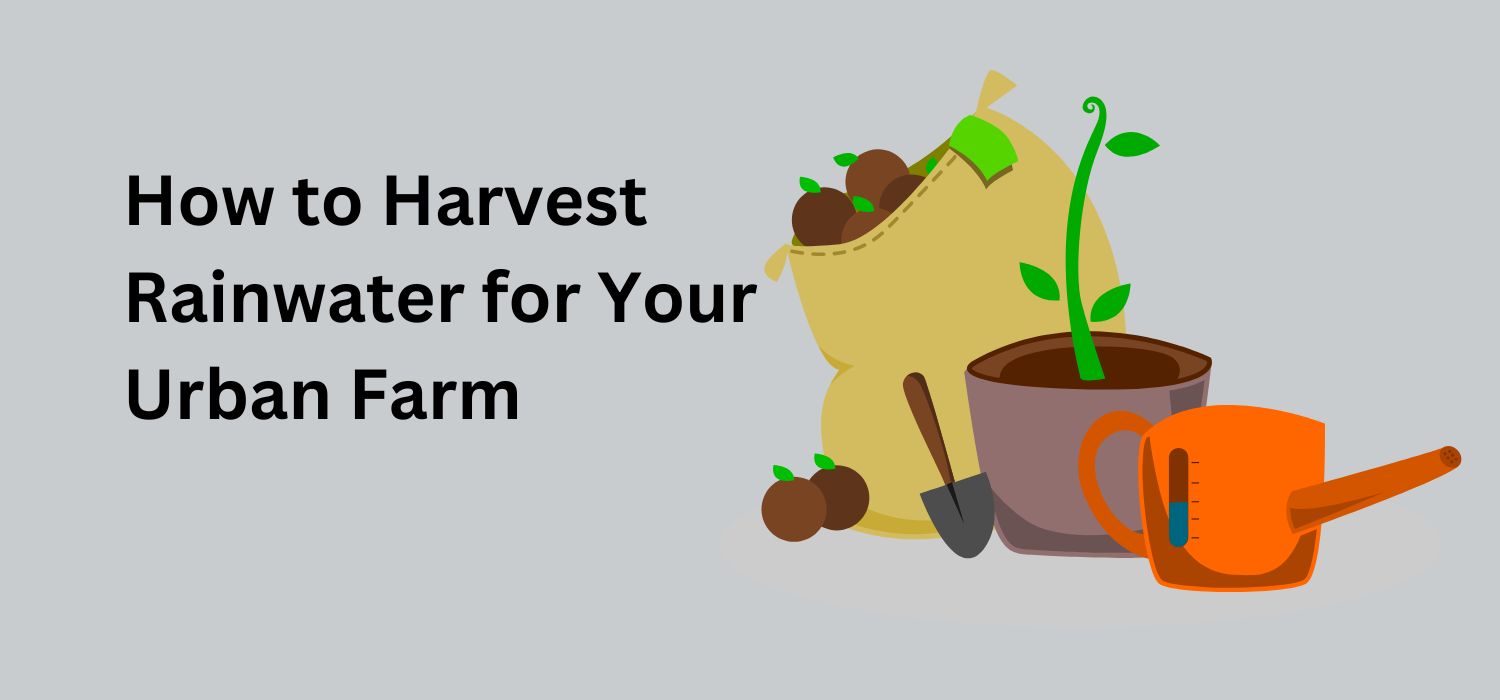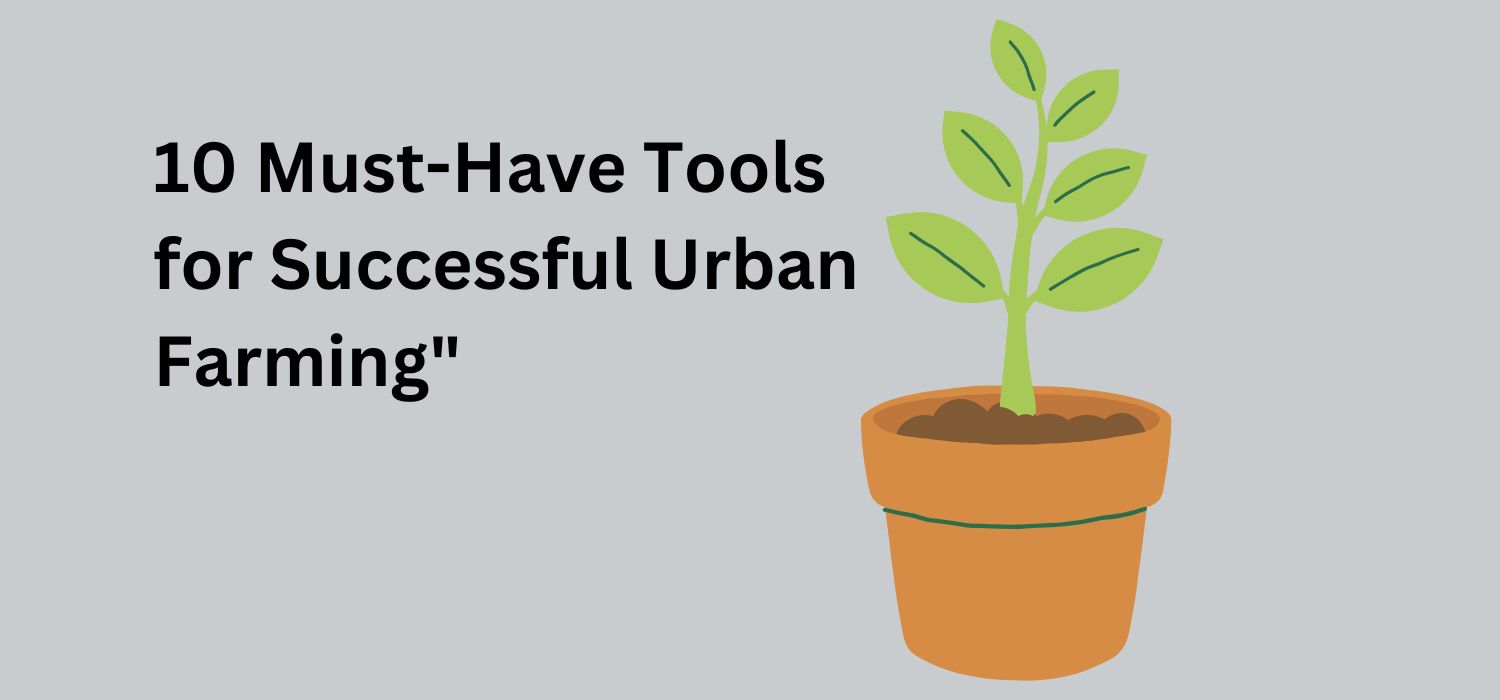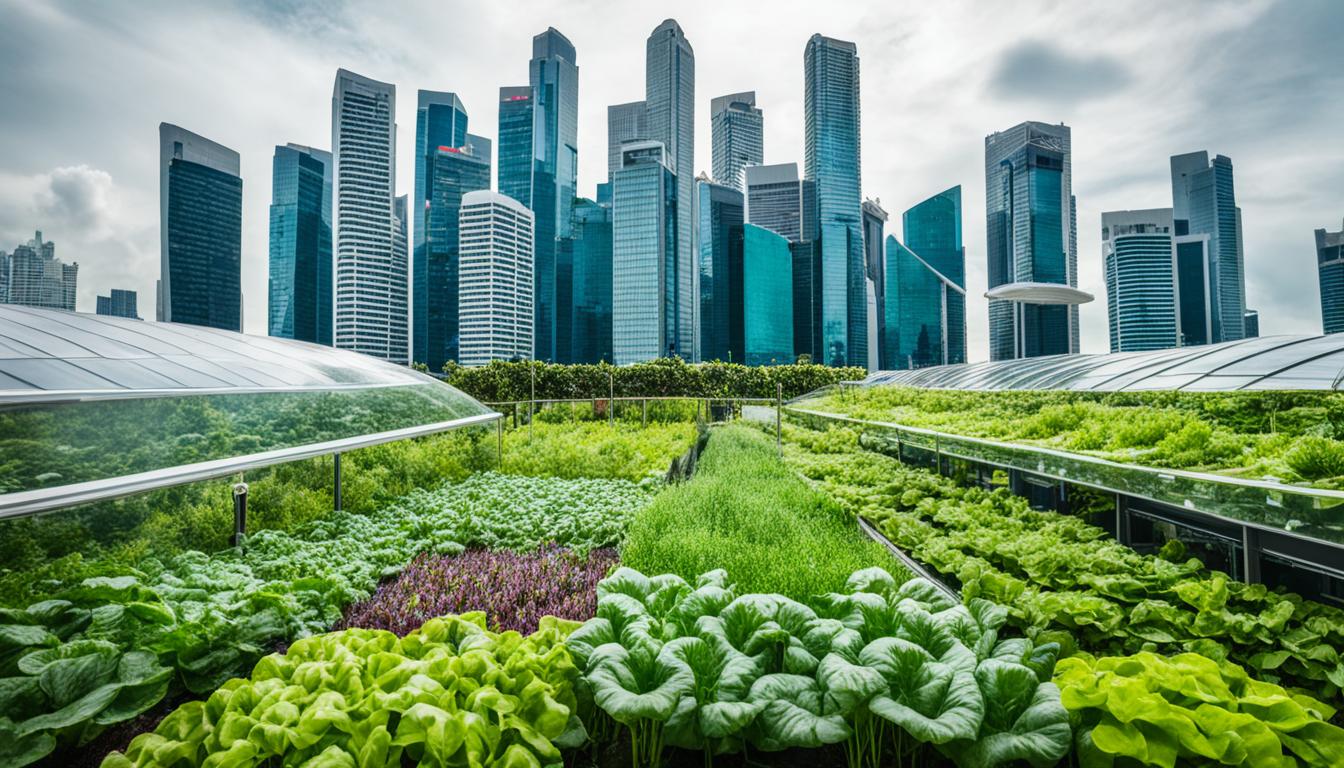Rainwater harvesting is a sustainable and cost-effective practice that urban farmers can adopt to ensure a steady water supply for their crops. By collecting and storing rainwater, urban farmers can reduce their dependence on municipal water systems, lower their utility bills, and contribute to environmental conservation. In this guide, we’ll walk through the essential steps and methods for setting up and maintaining a rainwater harvesting system for your urban farm.
1. Choosing the Right Rainwater Harvesting System
The first step in implementing rainwater harvesting is selecting a system that suits the size and needs of your urban farm. Several options are available, each with unique advantages:
- Rain Barrels: These are the most basic and affordable option, perfect for small-scale urban farms or gardens. They are easy to set up and can be placed under downspouts to collect rainwater.
- Cisterns: Larger than rain barrels, cisterns can store significant amounts of water, making them ideal for medium-sized farms. They can be installed above or below ground, depending on your space and preferences.
- Rainwater Harvesting Tanks: These tanks are designed for large-scale urban farms and can store hundreds or even thousands of gallons of water. They are more expensive but highly efficient for farms that require a substantial water supply.
When choosing a system, consider factors such as the average rainfall in your area, your farm’s water usage, available space, and your budget.
2. Installing the System
Proper installation of your rainwater harvesting system is crucial to maximize its efficiency and longevity. Follow these steps for successful setup:
- Identify Collection Points: Place the system near areas where rainwater naturally collects, such as beneath roof edges, gutters, or downspouts.
- Prepare the Surface: For above-ground systems like rain barrels or cisterns, ensure the ground is level and stable to support the system’s weight.
- Connect Gutters and Downspouts: Install gutters and downspouts to direct rainwater from your roof into the storage system. Use filters or screens to keep debris out of the water supply.
- Install Overflow Mechanisms: Include an overflow outlet to manage excess water during heavy rainfall, directing it safely away from your farm to prevent flooding.
- Add a Tap or Pump: For ease of use, install a tap or pump to access the stored water when needed.
3. Maintaining Your Rainwater Harvesting System
To ensure the efficiency and durability of your rainwater harvesting system, regular maintenance is essential:
- Clean Filters and Screens: Remove debris from filters and screens to prevent clogs and maintain water quality.
- Inspect for Leaks: Check for cracks, leaks, or loose connections and repair them promptly to avoid water loss.
- Flush the System: Periodically flush the system to remove sediment buildup from the storage tank.
- Check Seals and Covers: Ensure all seals and covers are intact to prevent contamination from insects, rodents, or algae growth.
Routine maintenance will keep your system in optimal condition and provide a reliable water source for years to come.
4. Using Harvested Rainwater
Harvested rainwater is versatile and can be used in various ways on your urban farm:
- Irrigation: Use rainwater to water crops, either manually or through a drip irrigation system. It is free of chlorine and other chemicals, making it ideal for plant health.
- Cleaning Equipment: Rainwater can be used to wash farming tools and equipment, reducing your dependence on treated water.
- Livestock: If you have animals on your farm, harvested rainwater can be used as a clean water source for them, provided it meets health and safety standards.
Using rainwater responsibly can significantly reduce your reliance on municipal water supplies while promoting sustainable farming practices.
5. Benefits of Rainwater Harvesting
Rainwater harvesting offers numerous advantages beyond providing a free water source:
- Reduces Stormwater Runoff: By collecting rainwater, you help minimize stormwater runoff, which can lead to flooding, soil erosion, and water pollution in urban areas.
- Improves Soil Quality: Rainwater is naturally soft and free of chemicals like chlorine and fluoride, making it ideal for nurturing healthy soil and plants.
- Promotes Sustainability: By using rainwater, you reduce your carbon footprint and contribute to sustainable urban farming practices.
- Cost Savings: Over time, rainwater harvesting can significantly lower your water bills, providing long-term financial benefits.
Conclusion
Rainwater harvesting is a practical and sustainable solution for urban farmers seeking to maximize efficiency and reduce environmental impact. By choosing the right system, installing it properly, maintaining it regularly, and using harvested rainwater effectively, you can ensure the success of your urban farm while conserving precious water resources.
Embracing rainwater harvesting not only supports your farming efforts but also helps create greener, more sustainable urban communities. Take the first step today and transform your urban farm into a model of environmental stewardship and self-reliance!


